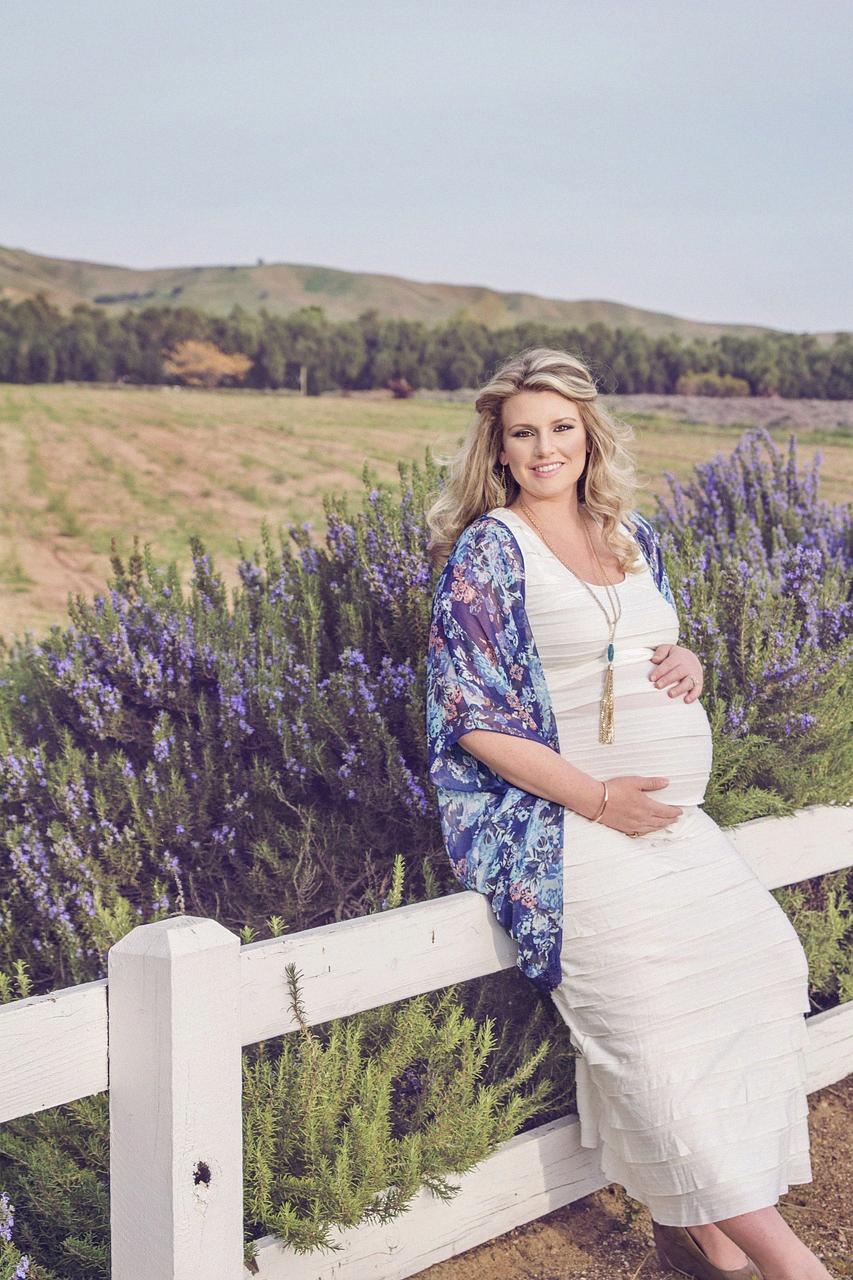When it comes to the question of how likely it is to get pregnant with Mirena, understanding the statistics and data is crucial. Mirena is a hormonal intrauterine device (IUD) that is highly effective in preventing pregnancy. Numerous studies have been conducted to determine the actual chances of pregnancy while using Mirena, and the findings provide valuable insights for individuals considering this form of contraception.
The Effectiveness of Mirena Compared to Other IUDs
Research has revealed that Mirena has a very low failure rate when it comes to preventing pregnancy. In fact, studies indicate that the chances of becoming pregnant while using Mirena are as low as 0.2%. This makes it one of the most reliable forms of birth control available, especially when compared to other IUDs such as the Paragard and Skyla, which have slightly higher chances of pregnancy at 0.8% and 0.4% respectively.
Factors Impacting Pregnancy Risk with Mirena
While the statistical likelihood of getting pregnant with Mirena is exceptionally low, it is essential to consider various factors that could potentially affect the device’s effectiveness. One crucial aspect is the correct placement of the IUD within the uterus. If Mirena is not properly positioned, there is a higher risk of contraceptive failure and an increased chance of pregnancy.
Consistency and Timing
Another factor that can influence the chances of pregnancy with Mirena is consistency in its usage. For optimal effectiveness, Mirena should be replaced every five years. Moreover, ensuring that the device is inserted and removed by a healthcare professional at the right time is essential for maintaining its contraceptive benefits.
Rare Instances of Pregnancy
Although Mirena is highly effective in preventing pregnancy, there have been rare instances where individuals using the device have become pregnant. These cases are typically attributed to factors such as incorrect insertion, expulsion of the IUD, or conception occurring before the device was placed. In such situations, it is vital to seek immediate medical attention for appropriate evaluation and guidance.
Managing Concerns and Uncertainties
It is natural for individuals to have concerns and uncertainties regarding the risk of pregnancy while using Mirena. Engaging in open and honest discussions with healthcare providers can help address any questions or anxieties, ensuring that individuals feel confident in their choice of contraception and understand how to maximize its effectiveness.
Additional Precautions and Monitoring
While Mirena is exceptionally reliable in preventing pregnancy, some individuals may choose to supplement their contraceptive efforts with additional precautions, such as using condoms or tracking their menstrual cycle. Regular monitoring of the IUD’s position and checking for any signs of displacement can further enhance its effectiveness and provide peace of mind.
Educational Resources and Support
For those considering Mirena as their preferred method of birth control, accessing educational resources and seeking support from healthcare professionals can offer valuable insights and guidance. Being well-informed about the device’s benefits, potential risks, and proper usage can empower individuals to make informed decisions about their reproductive health.
Conclusion: Emphasizing Effectiveness of Mirena
In conclusion, the likelihood of getting pregnant with Mirena is exceedingly low, with studies indicating a minimal chance of 0.2%. By understanding the factors that contribute to its effectiveness, maintaining consistency in usage, and addressing any concerns proactively, individuals can rely on Mirena as a highly reliable form of contraception. Ultimately, Mirena serves as a safe and effective contraceptive option for those seeking long-term birth control benefits.

